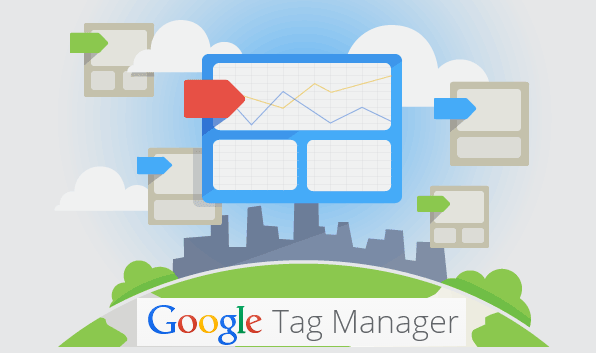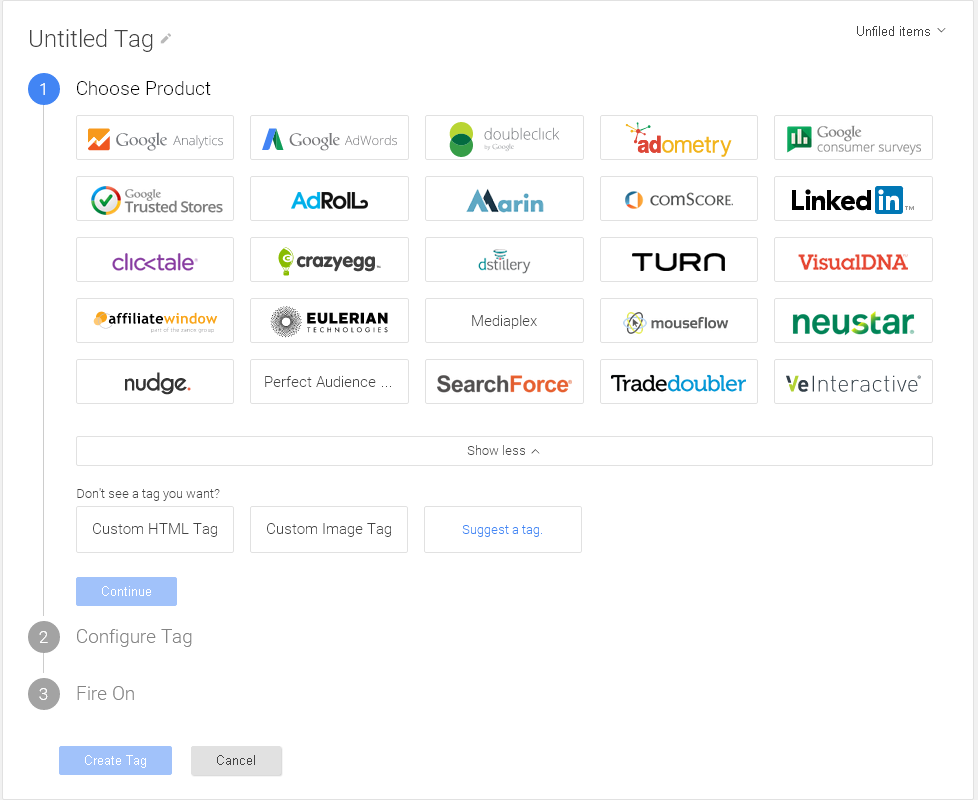| Sep 1, 2015
Tag Management tool empowers Digital Marketers
When launching a new marketing campaign, especially in Higher Education, tracking code and tag placement on websites, landing pages, blogs, emails and all pieces of the campaign are critical to evaluating campaign effectiveness and success. The process to set up and test this can be very time consuming and challenging. Coordination with the client marketing and IT departments, any third-party websites or services for installation, testing and corrections can easily result in delays to the campaign launch due to the complexity.
Many technology vendors have come up with solutions to minimize/eliminate this problem. They utilize code snippets that enables users to make changes to data collection code remotely through a simple admin interface. These solutions were available at a cost and eCommerce sites were their main users.
Now, with no-cost availability of tools like Google Tag Manager (GTM), Digital Marketers for Higher Education can take advantage of this opportunity. Any website that is already using Google Analytics (GA) can easily streamline the tracking code and tagging process.
Tag management is a solution that lets marketers manage website analytics, campaign tracking and other custom tags from a single interface. GTM is its natural progression for websites using (GA) for tracking website traffic. The setup is quite simple, starting with creation of an account using current GA credentials. Just like Google Analytics, GTM generates a JavaScript code called a “container snippet”, that is placed in the header of each page on your website. This replaces the existing GA code on the website. The same container can be used on website, landing pages, blogs, etc. too for a unified tracking data collection. All the instructions and changes are handled via admin console without touching the website code.

Many of the common javascript codes or tags used by digital marketers for Google Analytics, AdWords, AdRoll, web master tools, remarketing etc. are all already built into the product as selectable options. These tags are executed asynchronously minimizing page download time due to classic javascript serial order execution or errors. Tags are made available on a webpage based on defined conditions and logic. This reduces the page size, download time and also issues arising from coding errors in the tags. This approach allows user to add multiple tags with their trigger logic to collect data without adversely affecting page performance, a factor in Google’s search results ranking. Elimination of tag duplication and double counting is an added bonus. When a browser pulls up website page, the container snippet will only let tags fire when the set conditions are satisfied.

Tags can be added, updated or removed without changing the container on the web page. All the instructions and changes are handled via admin console and once placed on the website(s), there is no need to touch this code again. All of these features save a lot of valuable time and coordination headaches.

There are additional options to create custom tags with the ability to define your own variables to collect more data. In my opinion, this part of tag management falls under advanced setup and may require marketer and IT/developer collaboration. This high level of customization within tag management tool help collect valuable marketing data.
The main benefits of using a tag management tool are:
- ease of control from IT to marketing
- eliminate tag duplication
- rule based limited tag firing
- improved page load performance
- and advanced customization
Future proofing of all built-in tags is a bonus advantage of using tag management tool.
A nice feature in GTM is the ability to manage multiple sites from within one account, manage access privileges for multiple users or have multiple accounts under one user access. Switching to tag management saves a lot of valuable time and help launch and collect marketing campaigns data more smoothly.
It is important to remember that GTM is a very useful and powerful tool. Having a measurement plan based on business objectives will guide the selection of tactics, KPIs, metrics, segments etc. This will in-turn help select the tags to use in data collection.
For majority of the digital marketers in small to mid-size organizations, adoption of Google’s free tag management tool translates into gaining control of the process of marketing data collection on the fly and saving valuable time rolling out campaigns.
Are you ready to take control?
